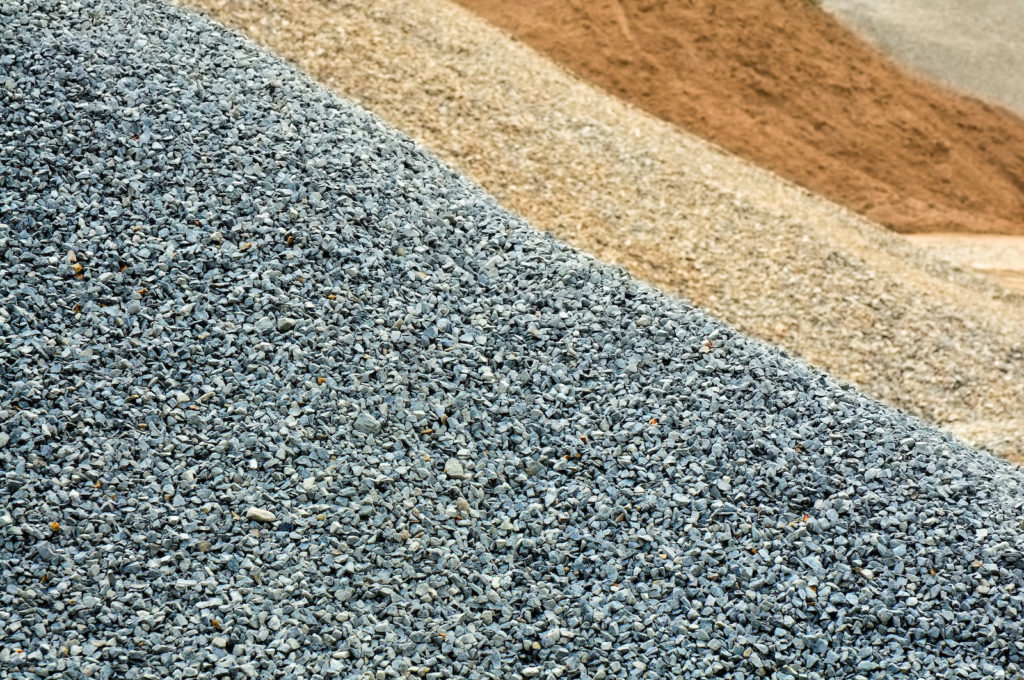Understanding the Role of Waterproofing in Construction Projects
The material that is used for waterproofing in building construction must be simple to work with and long-lasting. They must resist chemical attack and be capable of accommodating movement within the structure.
The membranes are able to be installed either above or below the ground. They are easy to install and are able to be either glued to the ground or self-adhered.
Bituminous Membranes
They are offered in self-adhesive versions or joined with a roofing mastic that is compatible with concrete. They typically have an additional layer of felt in order to improve the strength and length of the deck of the roof. It also assists in lessen the strain placed on membranes due to the lateral forces. It is essential to clean the membrane’s surface prior to putting them in place, as any flaws could affect the performance of the waterproofing system.
The polymer bitumen offers exceptional Tensile strength, vapor permeability and toughness. They can be used in conjunction together with protection and insulation boards to create a composite material which is much more efficient than just the material.
It is crucial to close every air gap and welding the ends of laps prior to applying this kind of membrane. The membranes should also be placed on surfaces with low levels of moisture in order to prevent blistering. If blistering does occur, it typically occurs due to uneven distribution of moisture between the membrane’s surface and concrete.

Liquid Waterproofing Membrane
The membranes that waterproof prevent absorption of water from over and below the grade due to the force of hydrostatic. The membrane protects buildings from expensive damages, boosts its value for resales and enhances the security and comfort for the occupants.
The membranes for waterproofing in liquid form are put on in liquid form, after which they are cured, providing an effective barrier to the elements. The liquid waterproofing solutions are offered in various forms, including polyurethane and cementitious.
They are pliable and tolerant of surface movements as well as cracks. They are also extremely resistant to resistivity to weathering, UV radiation and scratching. These are an excellent option for bathrooms and showers that are difficult to waterproof using sheets that require overlapping of accessories.
Cementitious Waterproofing Solutions
The coating is applied using the help of a trowel, brush or spray and are used to protect concrete structures. They are resistant to the negative and positive pressures of water. They can also protect against mildew and mold damage. They can be utilized in both below and above ground installations as well as for systems using potable water.
Once dried completely the type of waterproofing is made from the mixture of polymer and cement. The waterproofing material are able to be applied to the roofs of walls and walls as well as a walls that are retaining. They are resistant to UV exposure, heat and weathering.
The type of waterproofing that is used has its main advantage of being simple to set up and affordable. It is extremely durable and resistant to chemical attack as well as scratches da 0x4. It’s ideal for commercial and residential applications. It is simple to repair if damaged, and it is ideal for areas with water, such as bathrooms.
Polyurethane Waterproofing
Liquid polyurethane membranes provide many advantages, particularly in situations where seamless systems are needed to meet structural or aesthetic requirements. They are easy to install and are applied using a roller or trowel. They also possess strong crack-bridging and tensile strength.
They are also elastic and adjust to changes in structure or temperature variations without breaking. They also help them endure for longer. The solutions for waterproofing are impervious to chemical and abrasion.
On wooden and ceramic flooring The polyurethane coatings act as waterproofing. The coatings are used to stop dust accumulation as well as to maintain brightness and provide a pleasing aesthetic. They can be used to cover containers for storage of potable water because they resist corrosion and safe for utilize. They can also be utilized as a waterproofing layer for walls. They are available in various thicknesses, colors and sizes that can be adapted to the various requirements of projects.
